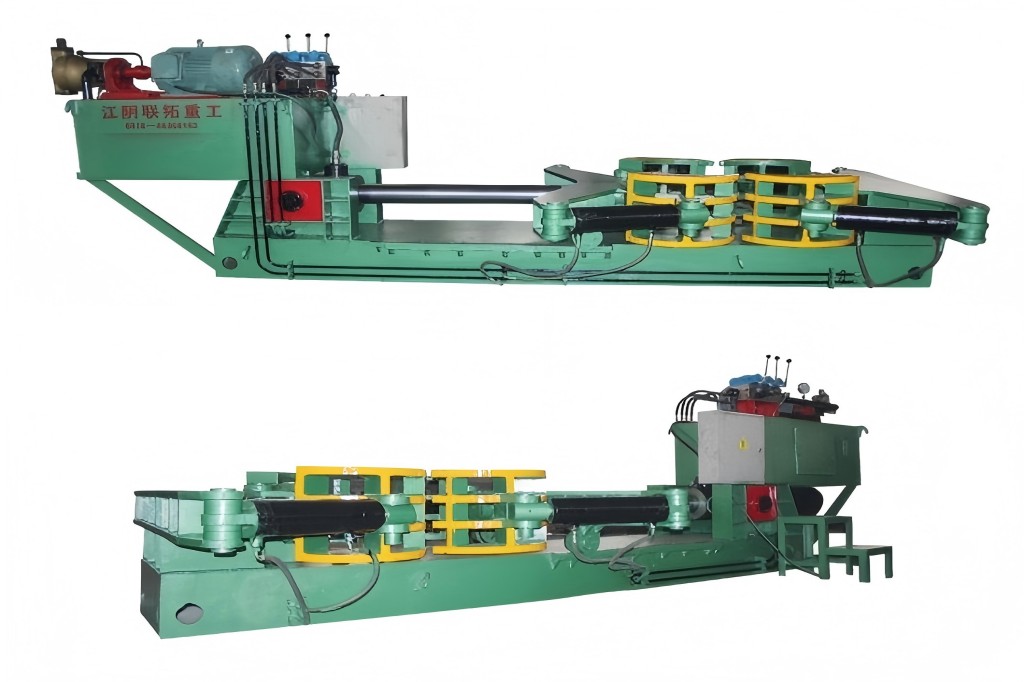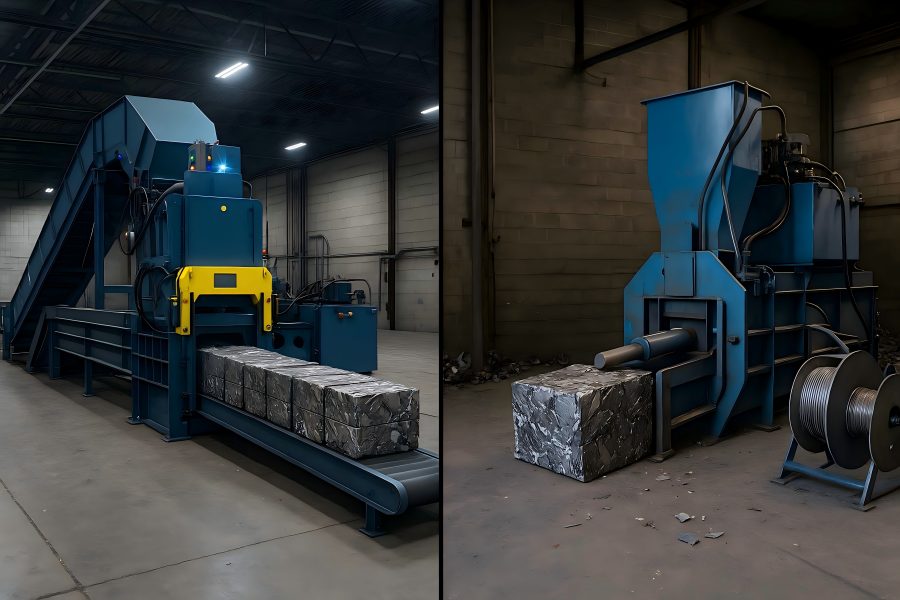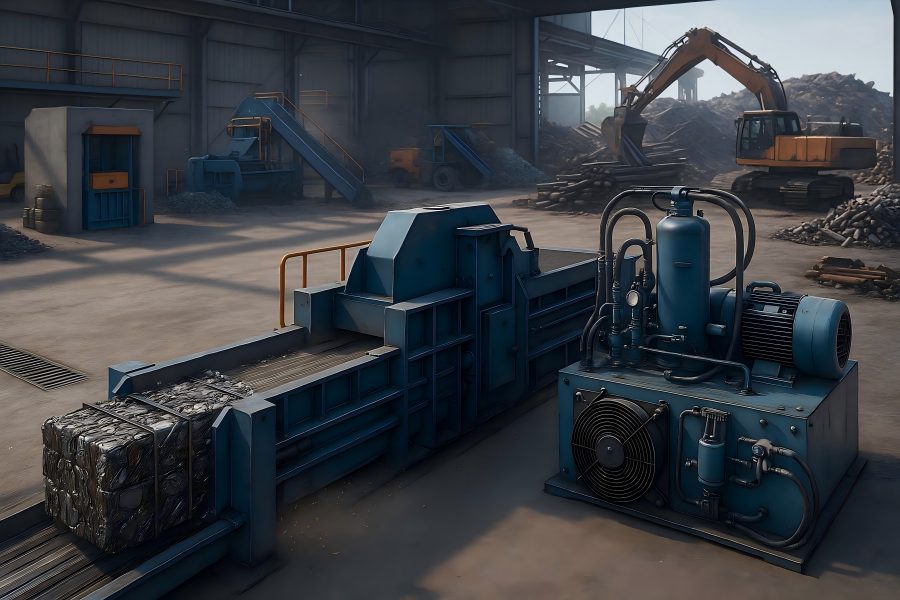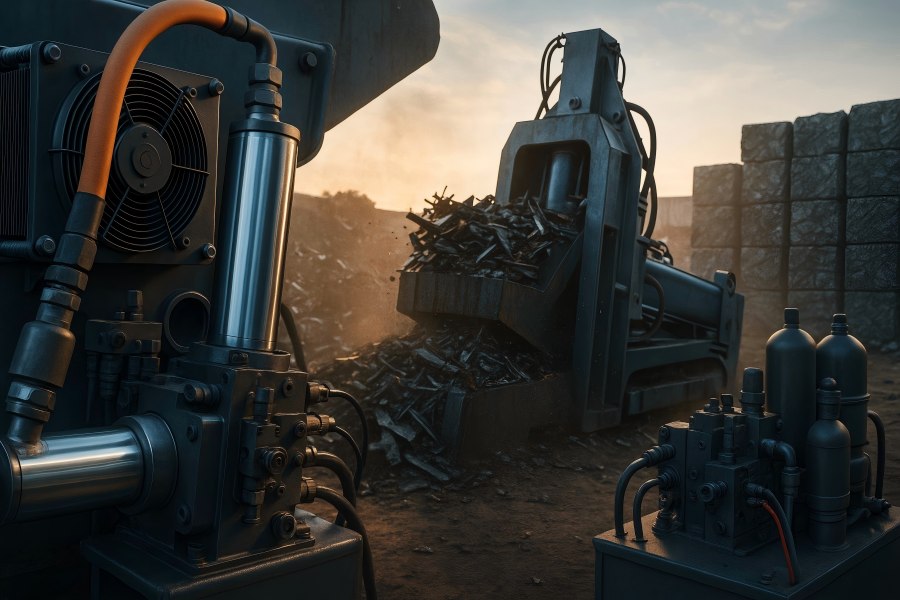In today’s recycling industry, efficient material handling is key to maximizing output and profits. Scrap bale breaker machines play a vital role by dismantling compacted metal bales for further processing. The two main types—hydraulic and electric—each have unique benefits and limitations. Choosing the right one affects productivity, energy use, and long-term costs.
Understanding the Role of Scrap Bale Breaker Machines
Scrap bale breakers are specialized machines engineered to deconstruct dense, compressed bales of scrap metal such as aluminum, copper, or steel. These bales are initially created for efficient storage and transport. However, to prepare the scrap for further processing like shredding or smelting, the bales must be separated into individual or loose fragments—precisely what bale breakers are designed to do.
Bale breakers serve as a critical bridge between compacted waste and downstream recycling machinery. Their performance impacts the efficiency of shredders, sorters, and furnaces. A bale that’s not adequately broken down can jam equipment, slow production lines, or reduce yield quality.
The primary categories of bale breakers used in industrial settings are:
- Hydraulic Scrap Bale Breakers
- Electric Scrap Bale Breakers
While both achieve the same goal, their underlying technology, operation, energy use, and maintenance requirements are fundamentally different.
Hydraulic Scrap Bale Breakers
Hydraulic bale breakers operate through a hydraulic power system that delivers force via pressurized fluid to cylinders, actuating mechanical arms or press heads that break apart the bale.
✅ Advantages:
High Force Capability
Hydraulic systems can generate immense compressive and tensile forces, making them ideal for breaking down large and ultra-dense bales of metal.
Robust Design for Heavy-Duty Tasks
These machines are built with rugged components capable of withstanding harsh operating conditions and prolonged use, ensuring longevity and reliability.
Versatility with Material Types
Whether processing mixed metal bales or single-material blocks, hydraulic systems can adapt to a variety of materials and compression densities.
Precise Force Application
Operators can control the pressure applied at various points, reducing damage to valuable scrap and enabling more accurate breakdown patterns.
❌ Disadvantages:
Higher Energy Consumption
Hydraulic machines typically use more power and can incur higher energy costs due to the continuous pressurization needed during operation.
Regular Maintenance Required
Hydraulic fluids, seals, and valves require routine checks to prevent leaks, pressure loss, or contamination, leading to increased maintenance demands.
Noise Pollution
Hydraulic systems can generate substantial noise, particularly during forceful operations, necessitating soundproofing or protective hearing equipment.
Longer Warm-Up Time
These systems may need time to build up operating pressure, especially in colder environments, which can delay startup.
Electric Scrap Bale Breakers
Electric bale breakers rely on electric motors and gear-driven mechanisms to perform the disassembly process. Their architecture often incorporates programmable logic controls and precision drive components.
✅ Advantages:
Superior Energy Efficiency
Electric motors convert energy into mechanical motion more efficiently, significantly reducing electricity consumption over extended operation periods.
Lower Maintenance Costs
With no fluid systems or high-pressure hoses, electric machines often require less frequent and less intensive maintenance.
Quieter Operation
Electric drives generate minimal noise, contributing to a safer and more pleasant working environment for operators.
Faster Operational Response
Electric machines can start instantly, without needing a warm-up period, making them ideal for on-demand or batch-based processing workflows.
❌ Disadvantages:
Limited Force Compared to Hydraulics
For extremely dense or large bales, electric machines may lack the brute force necessary for effective dismantling.
Higher Initial Investment
Advanced electric systems with integrated controls and sensors often come with a higher upfront cost.
Dependence on Stable Power Supply
These machines require consistent voltage levels and can be sensitive to power fluctuations, making them less ideal in areas with unreliable electricity infrastructure.
Less Tolerant to Variable Material Loads
Electric breakers may be optimized for specific bale sizes or compositions and may not perform well across a wide variety of materials without adjustment.
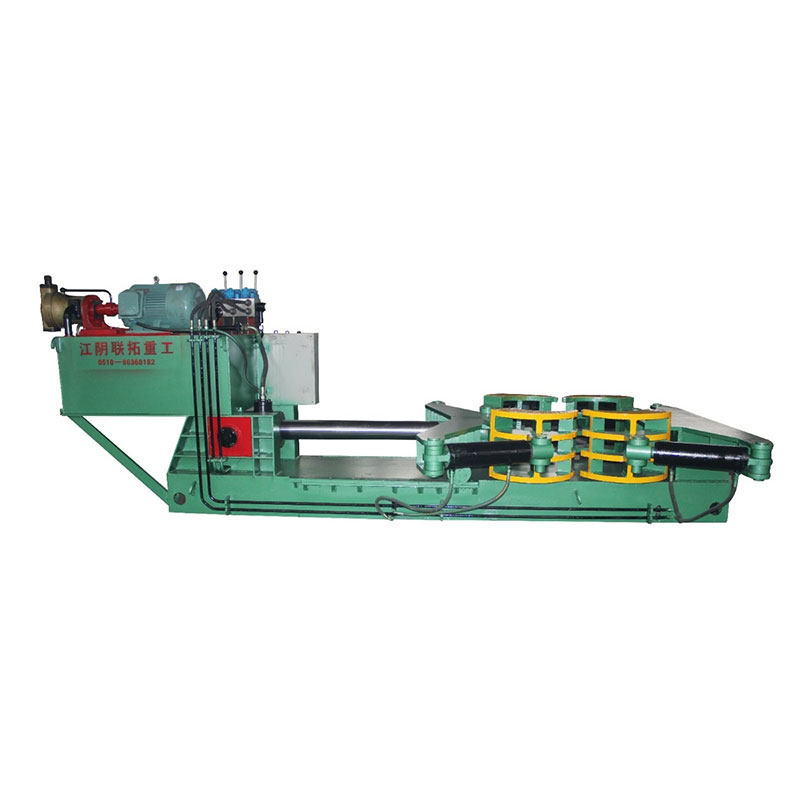
Side-by-Side Comparison Table
| Feature | Hydraulic Bale Breakers | Electric Bale Breakers |
| Force Output | Very High | Moderate to High |
| Energy Efficiency | Lower | Higher |
| Maintenance | More frequent, fluid-based | Lower, less complex |
| Noise Levels | High | Low |
| Startup Time | Slower (requires pressure buildup) | Instant (plug-and-play) |
| Material Versatility | Broad | Moderate |
| Upfront Cost | Lower | Higher |
| Operational Cost | Higher (energy + maintenance) | Lower (energy + uptime) |
| Environmentally Friendly | Less due to hydraulic oil use | More (no oil, less energy use) |
| Ideal Application | Heavy, dense, varied bales | Medium loads, energy-conscious setups |
Real-World Application Scenarios
Scenario 1: Large Urban Scrap Yard
A facility in a metropolitan area processes up to 50 tons of mixed metal bales per day. The bales include compacted aluminum siding, copper tubing, and mild steel. Due to high volumes and diversity in material density, the yard opts for hydraulic bale breakers. The machines’ superior crushing force and adaptability make them a reliable choice, despite higher energy and maintenance costs. Noise barriers are installed to comply with urban noise regulations.
Scenario 2: Small-Scale Specialized Recycler
A niche recycling business focuses exclusively on aluminum can bales and operates on a tighter budget. With lower bale density and a push for sustainable operations, they adopt electric bale breakers. The quiet operation improves worker comfort, and the low maintenance needs reduce downtime, maximizing ROI despite a higher initial investment.
Scenario 3: Remote Regional Facility
A rural recycling station handles moderate volumes but deals with an inconsistent power supply. Here, hydraulic systems are favored for their reliability and force delivery. A diesel-powered backup generator supports operations during outages, ensuring uninterrupted bale processing.
Choosing Between Hydraulic and Electric: Key Decision Points
Material Type and Bale Density
Heavy-duty, tightly packed bales? Choose hydraulic.
Light to moderately packed, uniform bales? Electric works well.
Operational Environment
Urban zones may require quieter machines—electric is better suited.
Remote or rugged locations may prefer the durability of hydraulic systems.
Budget Planning
Electric machines cost more upfront but save long-term on energy and maintenance.
Hydraulic systems are affordable to start, but come with ongoing service costs.
Sustainability Goals
Companies targeting carbon reduction might prioritize electric systems for their efficiency and cleaner operation.
Production Throughput Requirements
High-throughput operations processing various bale types will benefit from the brute strength and adaptability of hydraulic machines.
Industry Trends and Future Outlook
With the global push toward energy efficiency and green manufacturing, electric bale breakers are gaining traction. Technological advancements in electric drive systems, smart control modules, and predictive maintenance analytics are making them increasingly viable for larger-scale operations.
However, hydraulic machines are also evolving. Hybrid systems that integrate hydraulic force with electronic sensors and automated controls aim to reduce energy waste while retaining crushing power. Additionally, bio-based hydraulic fluids and improved seals are making hydraulics cleaner and more eco-friendly.
The future of bale-breaking machinery will likely feature:
- Smart automation for optimized energy and force usage
- Remote diagnostics to reduce downtime
- Modular machine designs for easy upgrades or conversions
Final Thoughts
Hydraulic and electric scrap bale breaker machines each serve a critical purpose in the recycling ecosystem. Choosing between them is not about which is universally better but rather which best matches the needs of a specific facility.
Hydraulic systems provide strong force and flexibility, making them ideal for tough, high-volume jobs. Electric machines are better for energy-saving, low-maintenance use where quiet and efficiency matter most. As sustainability and automation grow, the choice will depend more on balancing performance, cost, and environmental impact.

